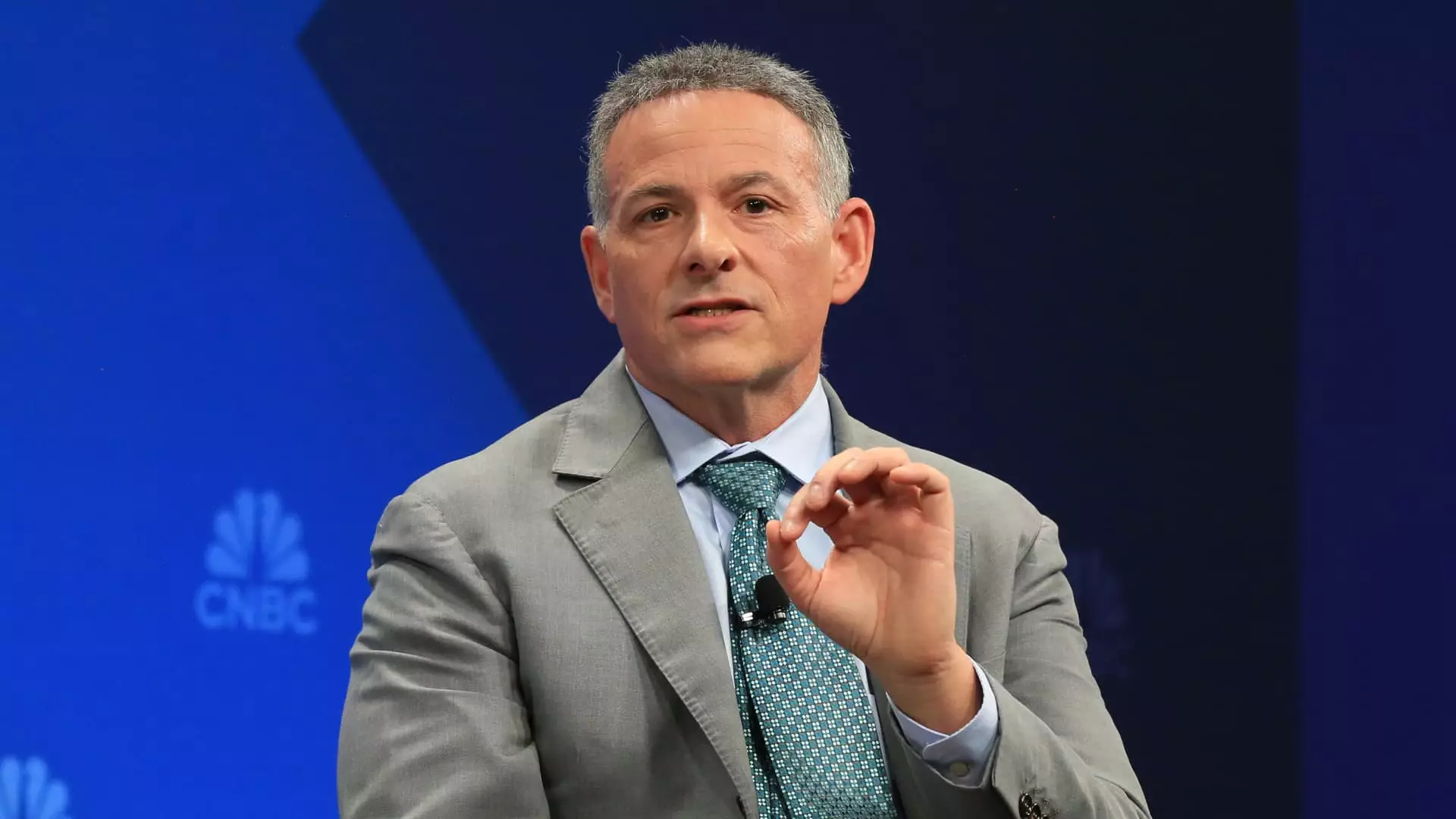In recent discussions within financial circles, one name has loomed larger than most: David Einhorn, founder of Greenlight Capital. His thoughts capture a prevailing sentiment that encapsulates the bizarre trajectory of today’s market environment, particularly concerning cryptocurrencies and meme coins. As investors dive headlong into speculative behavior, Einhorn candidly declares that we are witnessing the “Fartcoin” stage of the market cycle. This phrase underscores the absurdity that accompanies speculative assets that seem only to exist for the purpose of trading, devoid of any fundamental utility or intrinsic value.
The emergence of tokens like Fartcoin speaks volumes about the current psychological landscape of investors, where narratives and memes often overshadow traditional economic indicators. With its market capitalization soaring close to $2 billion, Fartcoin not only exemplifies the growing appetite for ludicrous investments but also raises questions about the broader implications of such speculative behavior on market stability.
The Fartcoin phenomenon is not an isolated instance but rather part of a larger wave of meme coins flooding the cryptocurrency market. Notably, the recent political climate has acted as a catalyst that has further stoked these flames of frivolity in trading. The launch of Trump-themed tokens, both from the former president himself and figures like Melania Trump, showcases an ecosystem that prioritizes meme culture over substantive value. The market cap of the new $TRUMP coin exceeded a staggering $14 billion, marking it as a significant player among established companies listed in the United States.
Such rapid ascendance raises eyebrows about the sustainability of these investments. As Einhorn suggests, the momentary excitement might prompt speculation without a clear direction. Investors might want to consider whether the meme coin phase is simply a bubble waiting to burst or a legitimate market trend.
Einhorn’s observations dovetail with the general market response to political changes and regulatory speculation. Following the inauguration of Donald Trump, an optimistic sentiment coursed through equities—it was reflected in a strong performance from the Dow Jones Industrial Average and other indices. This bullish atmosphere often leads to rampant speculation, where investors chase quick returns without adequately assessing risk factors.
However, as investors increasingly move toward such volatile assets, one cannot ignore the potential repercussions down the line. Speculative trading can create distortions that may affect market integrity, particularly in light of unforeseen regulatory changes or economic downturns.
Now, Greenlight Capital has actively positioned itself against certain exchange-traded funds linked to Bitcoin, capitalizing on the volatility that has become characteristic of crypto investments. With the complexities involved in trading these assets, including those tied to MicroStrategy—whose stock has a notable correlation with Bitcoin’s fluctuations—it is reasonable to question the sustainability of such leveraged investments.
As we witness the speculative tendencies unfold before us, the question arises: are we exiting the Fartcoin era only to transition into another frenzied phase defined by political memes? The unpredictable nature of such markets ensures volatility will persist, leaving investors with a crucial choice: embrace the wild ride or tread cautiously in a landscape rife with risk. Ultimately, the current bull market’s speculative tendencies illuminate a vital lesson: while the potential for reward can be tempting, the specter of instability looms large. Investors must remain vigilant and discerning amidst the chaos.

